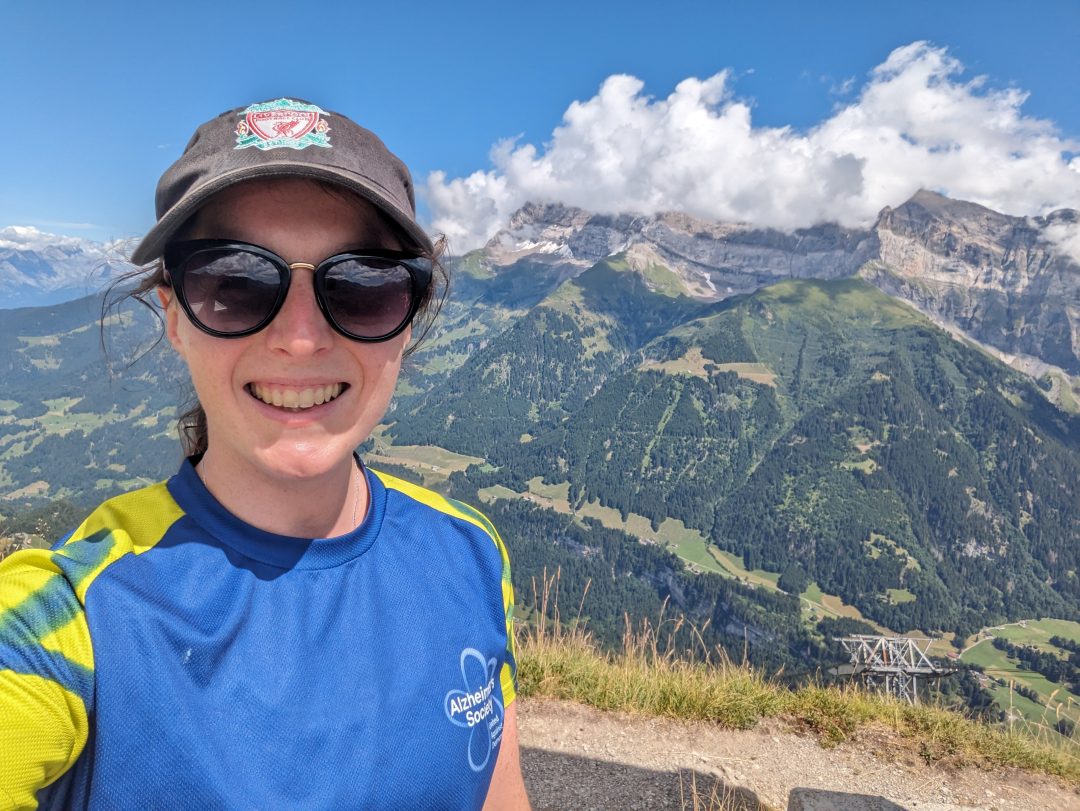With the rise of coolcations and adventure travel, two European heavyweight mountain destinations have been dominating “best of” lists and social media inspiration. The Swiss Alps have historically been the place for outdoor mountain adventure in Europe. However, the Dolomites in Northern Italy are coming up as a more affordable alternative, with the 2026 Winter Olympics set to partially be held there.
That being said, which is better for your upcoming mountain trip, the Swiss Alps or the Dolomites? Well, this year, I’ve been to both of these outdoorsy hotspots, so I’m here to break it down. It all depends on what you’re looking for from your European mountain escape. Let’s get into it.
Swiss Alps or the Dolomites: Budget
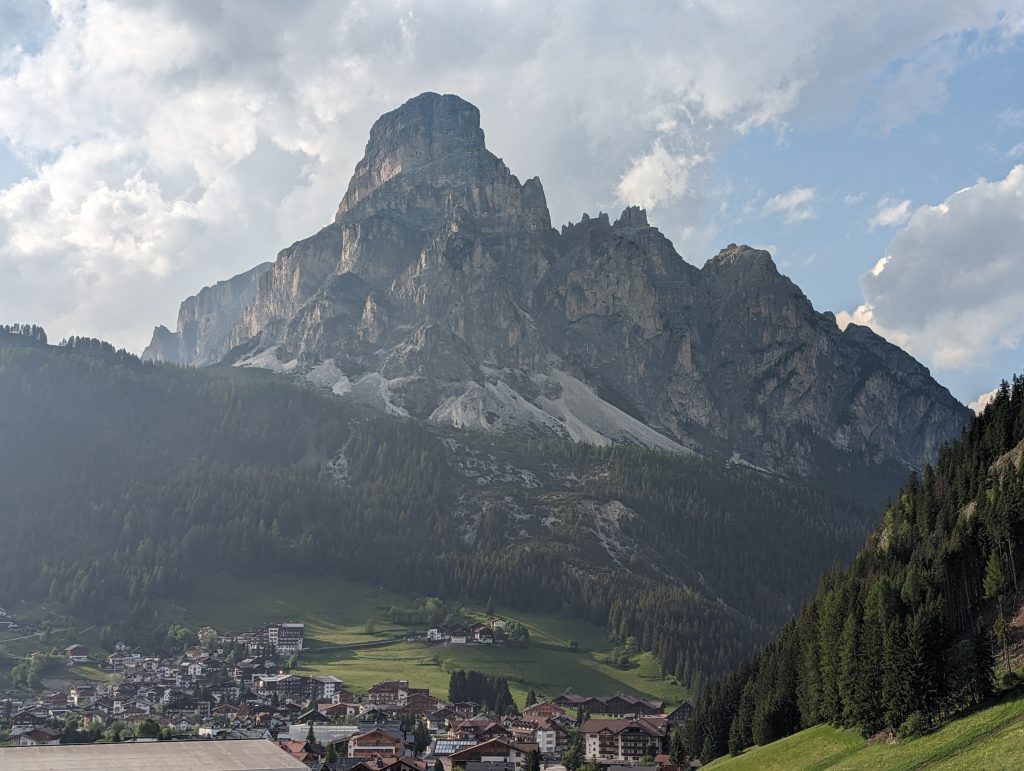
Fundamentally, Switzerland is not a country that’s known for being budget-friendly. It’s a notoriously expensive country, which is why it’s been an aspirational hiking and adventure destination for many. While you can get a Swiss rail pass to limit train costs or spend nights in mountain huts to keep accommodation costs down, there’s no getting away from the fact that a trip to the Swiss Alps often comes with a premium price tag.
On the other hand, Italy has remained a relatively cost-effective Western European nation. Being in the Euro, the currency is relatively stable and well-protected. The Dolomites isn’t precisely a budget-friendly location with a huge number of luxury wellness hotels cropping up in the area, creating a mountain spa environment. However, compared to the Swiss Alps, your money will go further here.
Swiss Alps or the Dolomites: Accommodation
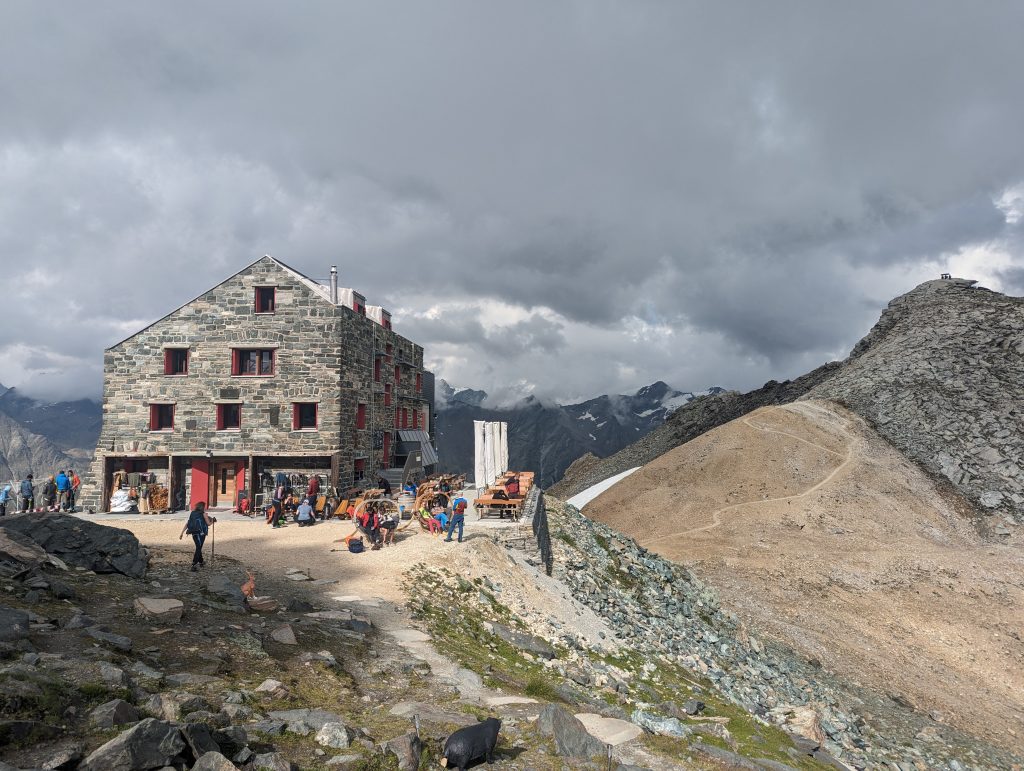
One of the biggest expenses on a mountain trip tends to be accommodation. Both the Swiss Alps and the Dolomites have high-end and budget options to choose from. In the Swiss Alps, mountain huts are popular spots to check into on multi-day hikes or if you want to do a one-night stay. You can get drinks and meals up there, and there’s usually a gear store.
The Dolomites also have mountain huts, usually called Rifugios. These are dotted along popular multi-day hikes, and much like in Switzerland, you can get all your meals and dry out your gear in a gear room.
On the whole, Swiss mountain huts are a lot more traditional and basic, whereas Rifugios are typically more modern. If you want a traditional Alpine vibe, opt for the Swiss mountain huts with their incredible views, but just remember it’s more of a hostel-style experience.
At the other end of the spectrum, both regions have their share of incredible hotels. In the Alta Badia region of the Dolomites, I was lucky enough to stay at La Perla, which is an outstanding five-star hotel with a refurbished spa, ski-in, ski-out facilities, a Michelin-starred restaurant, and a commitment to the local Ladin culture. This is a spectacular place, but it does come at a premium price point.
Similarly, across the valley to the popular Cortina d’Ampezzo region, popular wellness hotels like Forestis and Hotel Granbaita Dolomites are pulling in the crowds who are looking for relaxation and active travel in equal measure. Who doesn’t want a massage after a long hike?
Across in the Swiss Alps, there are plenty of incredible 5-star luxury hotels and spa resorts with mountain views. Back in July, I stayed in the mighty Walliserhof Grand Hotel in gorgeous Saas Fee, and it’s the ideal mountain town spot, close to the train station, trail heads, restaurants, and the all-important cable car.
When it comes to the Swiss Alps or the Dolomites for accommodation, it depends on what you want. On the whole, the Swiss Alps have more traditional Alpine vibes when it comes to accommodation, which is beautiful with wood carvings, flower-filled balconies, and chalet styles. With the boom in tourism in the Dolomites, there are a lot more modern hotels cropping up, taking advantage of the incredible scenery.
Swiss Alps or the Dolomites: Public Transport
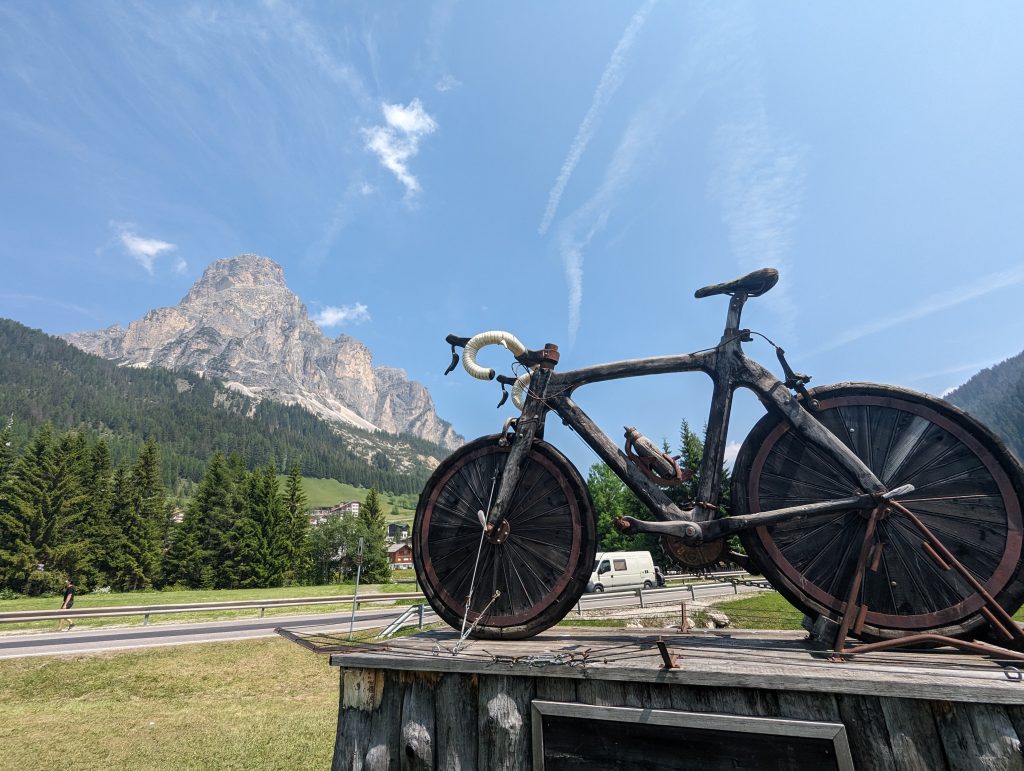
For any budget-friendly traveler or anyone who doesn’t fancy taking on mountain passes in an unfamiliar rental car, public transport links are key. Here, the Swiss Alps take the win. The Swiss rail network is well-established and the passes you can buy save so much faff versus separate tickets. You can also use your rail passes on certain gondolas and cable cars, which is an added bonus.
From Geneva Airport and Zurich Airport, you can get trains directly to major hiking gateways like Interlaken. Even getting from Zurich to Saas Fee, which isn’t direct, was pretty straightforward with one rail change and then a local bus.
Getting to the Dolomites by public transport is a little bit trickier. There are trains to the city of Bolzano, and you can get a FlixBus from Venice to Cortina d’Ampezzo, but away from the main hubs, public transport isn’t great. You can find local buses around the different valleys, but there isn’t one central system like there is in Switzerland.
You can get around the Dolomites by public transport, but it’ll take more thought and research. Public transport guides to Switzerland are well-established, and you can reach pretty much all the major mountain towns and trailheads by some form of public transport. As the Dolomites are a relatively new tourist hotspot, this public transport infrastructure isn’t quite there yet. Perhaps following the Winter Olympics, we’ll see a more cohesive network.
Swiss Alps or the Dolomites: Food
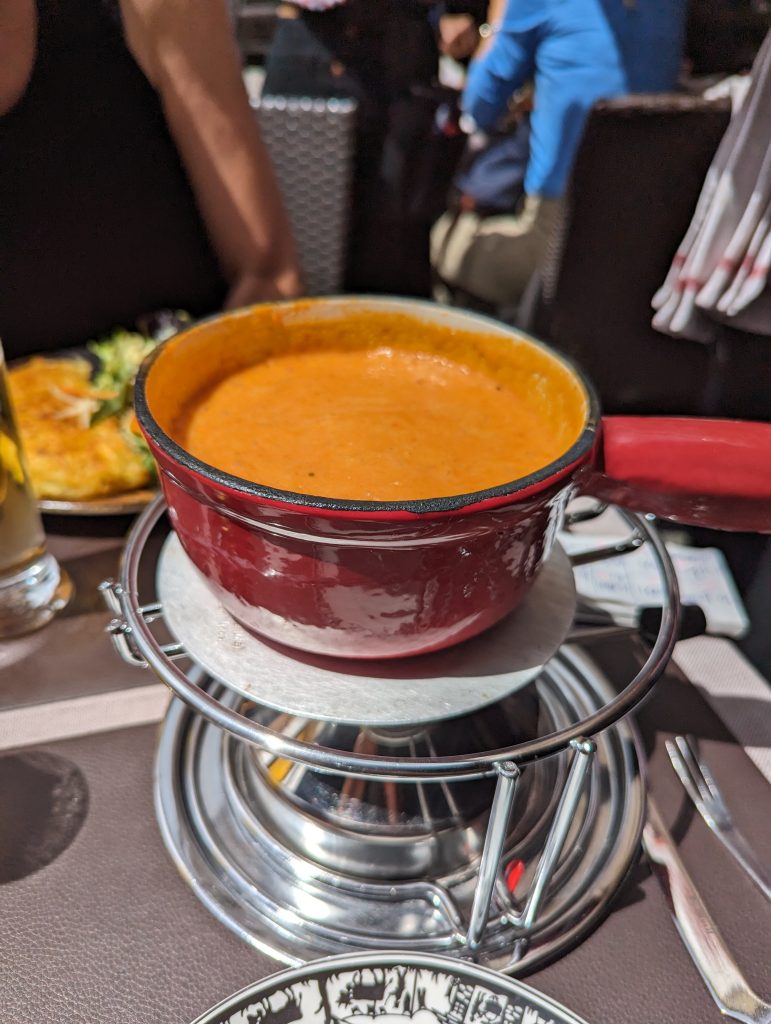
Of course, Italy is the home of some of the world’s most beloved cuisines. Similarly, Swiss food has a lot of French influence, making it rich, hearty, and delicious – exactly what you want in the mountains.
Honestly, both sides of the border specialize in Alpine cuisine, so you’ll find a lot of melted cheese, potatoes, heavy starches, and plenty of local liquor to help with digestion afterwards. The food is actually pretty similar, so it’s a dead tie for this one. Just be prepared for three courses for each meal – that’s just the way the mountain huts and restaurants roll.
Also, a special shout out that the mountain huts and rifugios we went to in the Swiss Alps and the Dolomites both had non-alcoholic beer. In the mountains, it’s not uncommon for people to get a beer or wine with lunch, even if it’s mid-hike, cycle, or ski. However, if you don’t drink or don’t want to when you still have miles left to go, it’s worth knowing that many stops stock non-alcoholic beer.
Swiss Alps or the Dolomites: Crowds
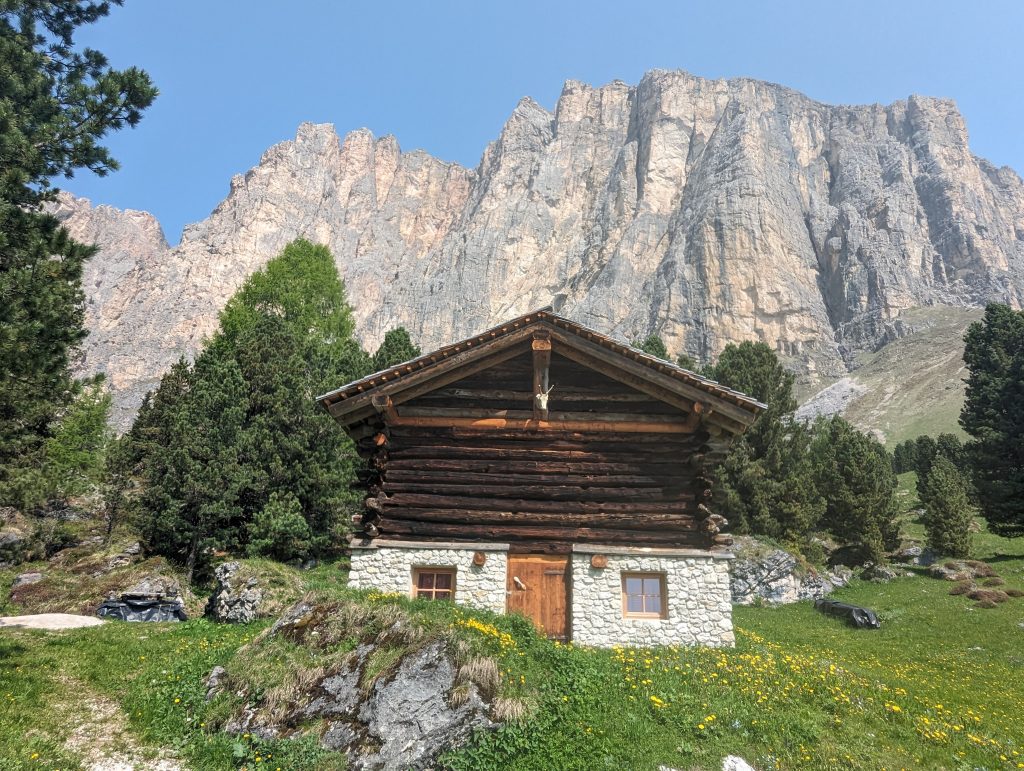
In terms of crowds, it’s kind of hard to judge. For example, in Switzerland, the areas around Zermatt and Interlaken tend to be the busiest regions, due to the proximity to the Matterhorn and other iconic Swiss Alps attractions.
Similarly, in the Dolomites, if you’re in Cortina d’Ampezzo and doing the Instagram hikes like Lago di Braies, it’s going to be seriously busy, with people trying to get the iconic photos. As with any region, some areas are more crowded than others.
The areas I went to in the summer were Champery and Saas Fee in Switzerland and Alta Badia in the Dolomites. All of these areas were reasonably quiet, and I was there are the start of peak season. I’d say the trails in Saas Fee were the busiest out of the three, but given that it’s a popular destination for people hiking to the Britannia Hut or trying to see marmots, it never felt busy, even in July.
I would say the “non-Instagram” spots in the Dolomites are probably less crowded than the “non-tourist” spots in Switzerland at the moment, but that’s because people don’t know how to get around different parts of the Dolomites, while Switzerland has more mountain regions to choose from and better transport links to explore lesser-visited spots.
Swiss Alps or the Dolomites: Adventures
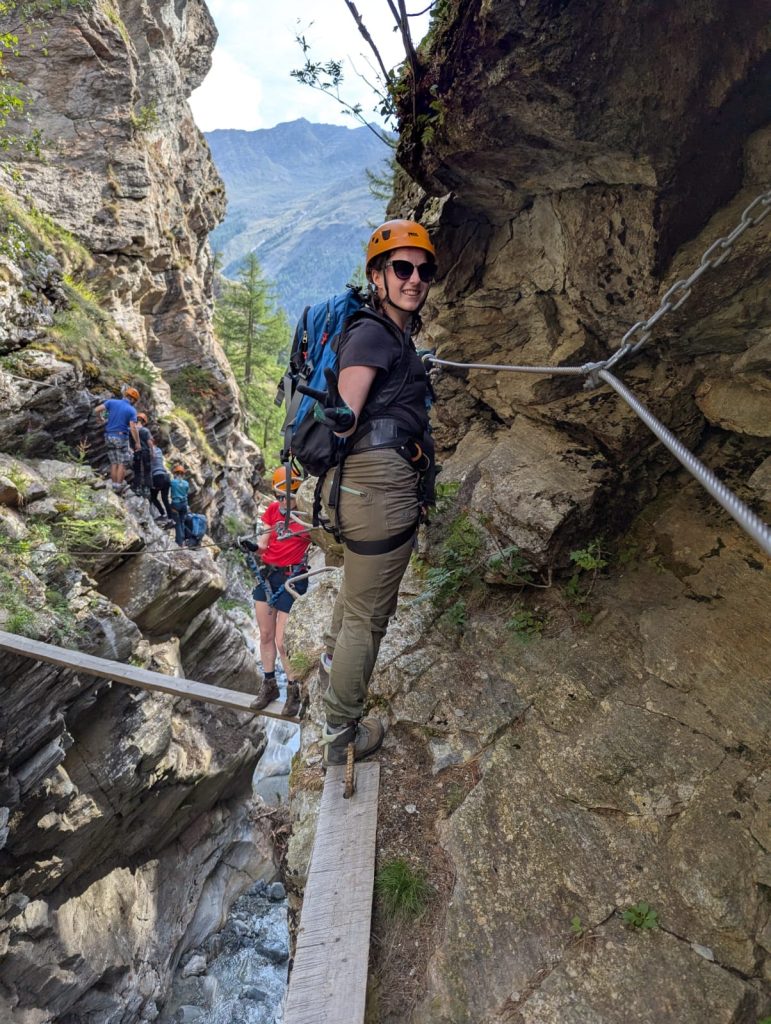
If you’re going to the mountains, you’re going to be doing activities and adventures. Regardless of whether you go to the Swiss Alps or the Dolomites, you’re going to be hiking if you go in the snow-free months. Otherwise, you’re likely skiing or snowboarding.
A popular outdoor adventure in both the Swiss Alps and the Dolomites is the via ferrata. Although the Dolomites are the birthplace of via ferrata, you can do it in both places with plenty of established routes, guided tours, and gear hire places. It’s not for the faint-hearted or those with a fear of heights (like me), but it’s a cool way to combine hiking and climbing techniques across incredible landscapes.
The two via ferratas I tried in Switzerland were:
- Gorge Alpine in Saas Fee, which is great for beginners
- Via Ferrata de Tière, which is more of a traditional via ferrata, and it’s a lot higher and more exposed.
In the Dolomites, the region I was staying in, Alta Badia, is known for mountain biking and incredible races. So, we did a guided bike tour around the valley floor, taking in the five towns of the region.
We also did a foraging and cooking class with the hotel, and guided hikes through the Val Gardena area of the Dolomites
In Switzerland, we did a range of high-altitude hikes to different mountain huts, which is a great experience, and one I’d highly recommend to get a feel for mountain culture in the Alps. We did the hike to the Britannia Hut and a hike around Les Portes du Soleil and Col du Cou, down towards Barme in Champery. These were both hikes that took the best part of an afternoon, so plan accordingly.
So, the Swiss Alps or the Dolomites?
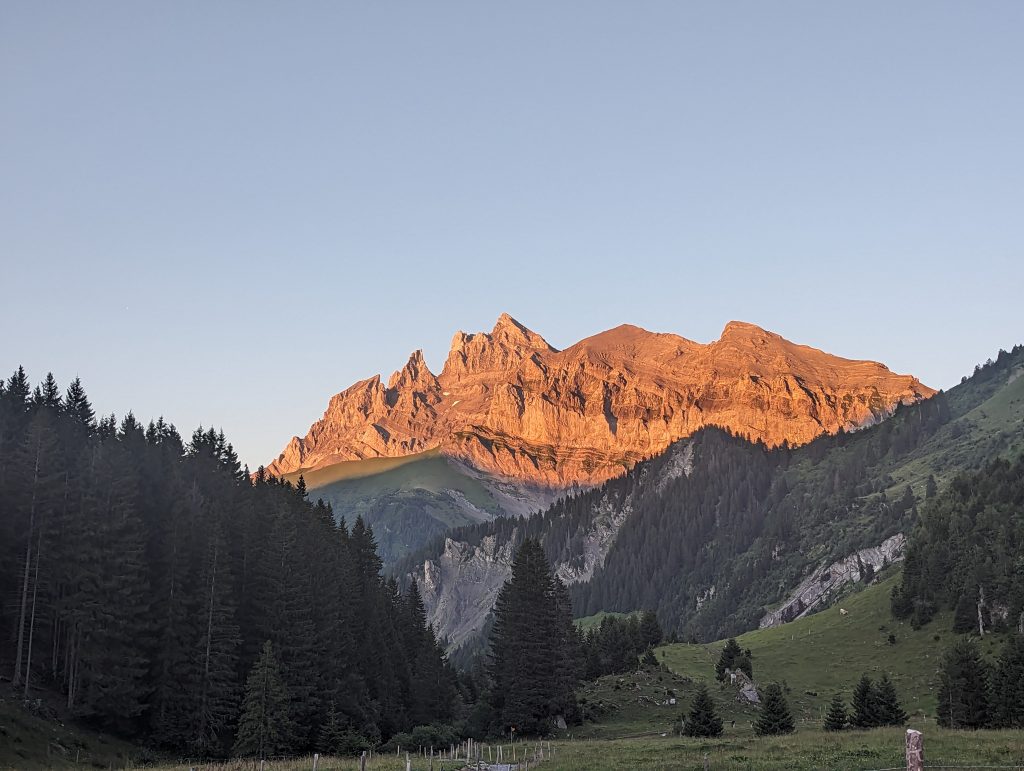
I loved going to both the Swiss Alps and the Dolomites this year and was lucky to visit both within a month of each other for work purposes. Honestly, I’d return to either of them. However, if you’re looking for a more traditional Alpine experience, or you want to see a few areas or towns by public transport, I’d save up and go to the Swiss Alps. However, if you’re looking for a more budget-friendly road trip, with plenty of uncrowded places if you’re willing to drive and find them, I’d go to the Dolomites. Either way, you can’t really go wrong.
